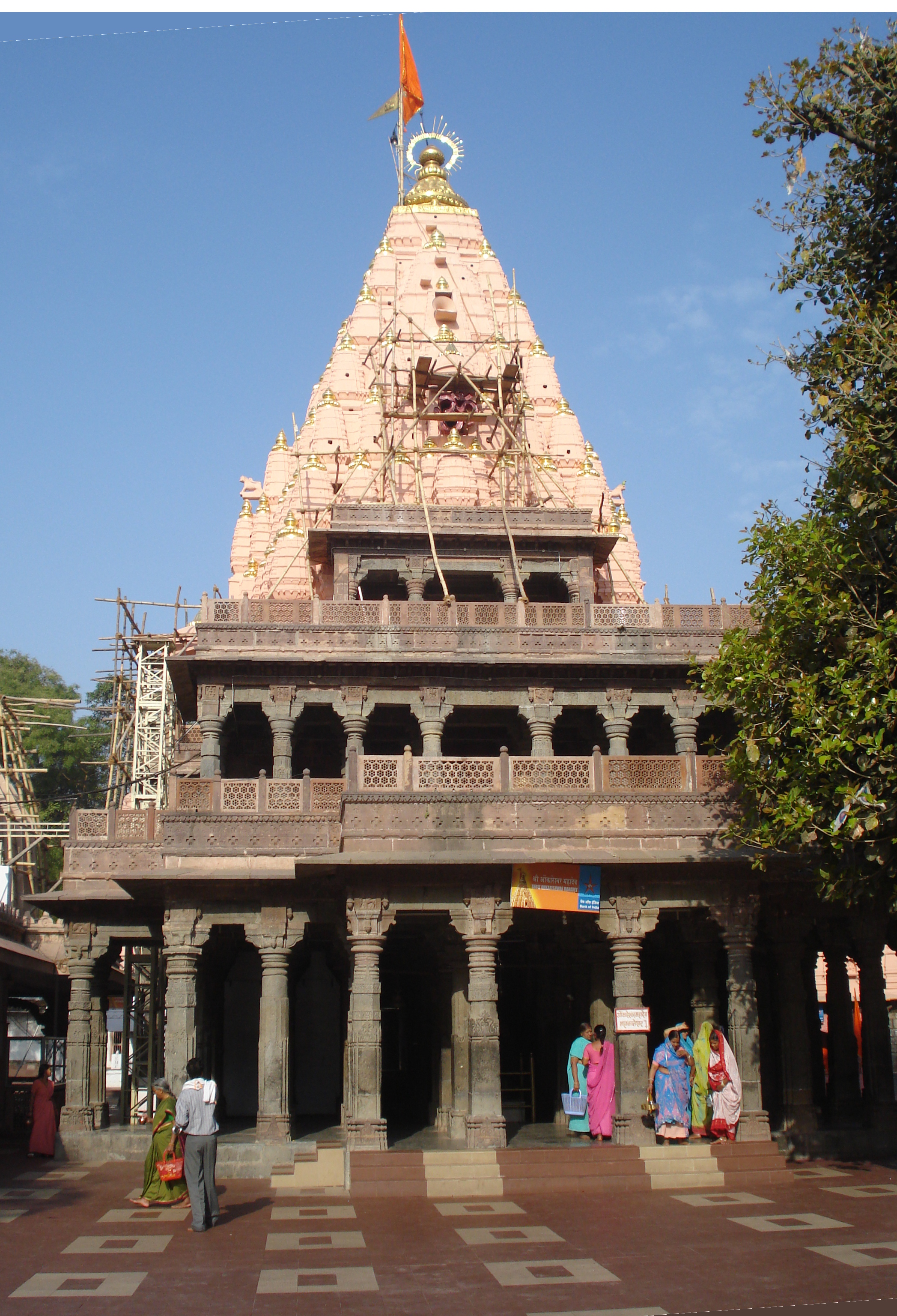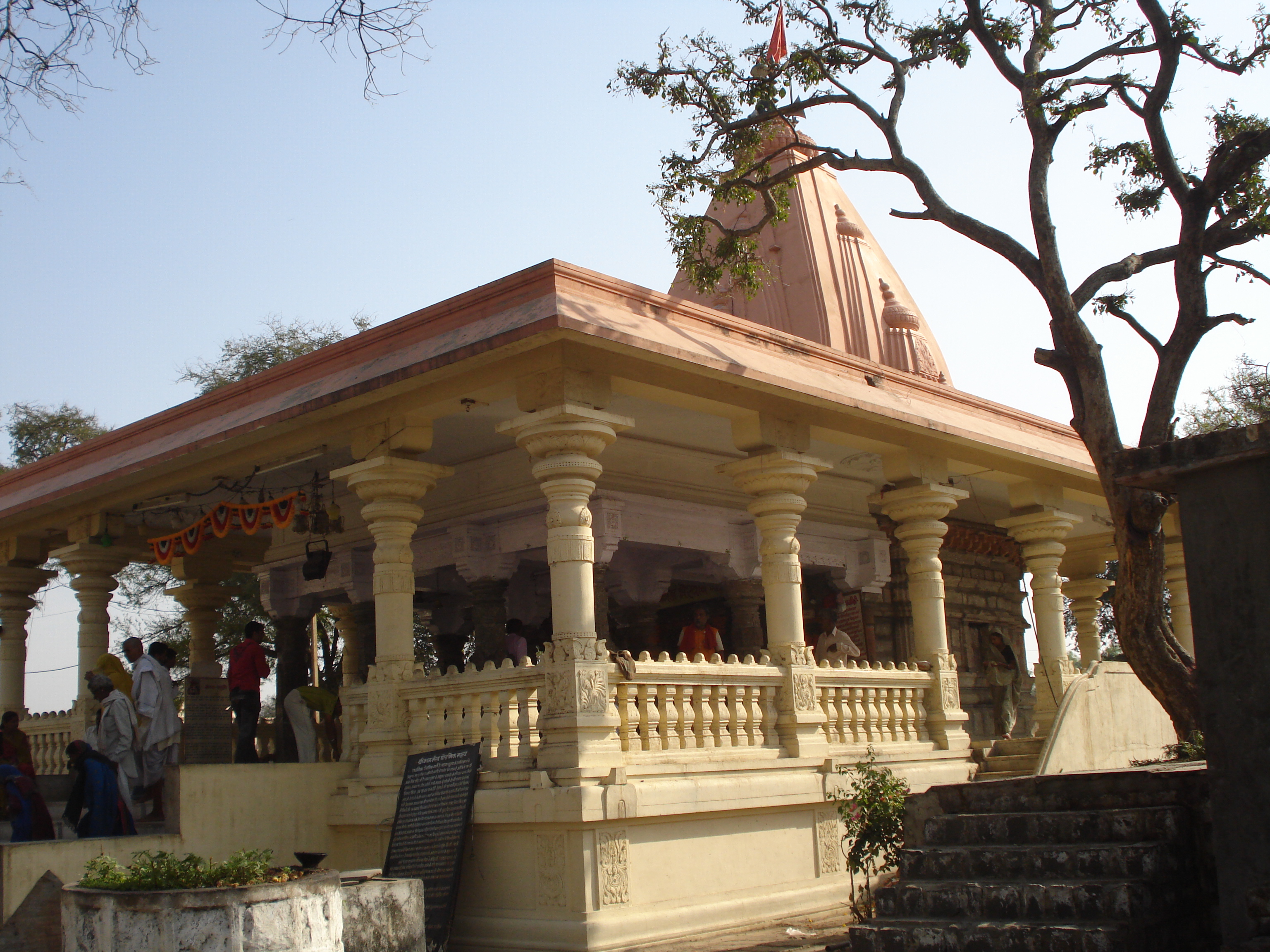Ancient Monuments In Ujjain on:
[Wikipedia]
[Google]
[Amazon]
Ujjain is an ancient



 The worship of the eight Bhairavas is a part of Saivite tradition, and the chief among them is
The worship of the eight Bhairavas is a part of Saivite tradition, and the chief among them is
 *
*
city
A city is a human settlement of notable size.Goodall, B. (1987) ''The Penguin Dictionary of Human Geography''. London: Penguin.Kuper, A. and Kuper, J., eds (1996) ''The Social Science Encyclopedia''. 2nd edition. London: Routledge. It can be def ...
of central India, in the Malwa region of the Indian state of Madhya Pradesh, on the eastern bank of the Kshipra River.
Following is a list of ancient monuments in Ujjain
Ujjain (, Hindustani language, Hindustani pronunciation: Help:IPA/Hindi and Urdu, dÍ¡ËÊÉËn is a city in Ujjain district of the States and territories of India, Indian state of Madhya Pradesh. It is the fifth-largest city in Madhya Prad ...
.
The Temples
Mahakaleshwar Jyotirlinga Temple
Mahakaleshwar Jyotirlinga is a famousHindu
Hindus (; ) are people who religiously adhere to Hinduism.Jeffery D. Long (2007), A Vision for Hinduism, IB Tauris, , pages 35â37 Historically, the term has also been used as a geographical, cultural, and later religious identifier for ...
temple dedicated to Shiva.
Shrimant Ranojirao Shinde the founder of Scindia dynasty in northern India, renovated the Famous jyotirling temple of Shri Mahakaaleshwar, Harsidhdhi Mandir, Sidhdhha Vat ghat, Ram ghat, Mangalnath and many more in the city, which was capital of his Kingdom. Mahadji Shinde constructed Gopal Mandir, which was later on reconstructed by Maharani Bayzabai Raje Shinde. Shrimant Bayzabai also developed the city by developing Daulatganj. Maharajah Shrimant Jayaajirao Saheb Shinde (II) (1843 - 1886 A.D.) also developed Ujjain by developing Nai Sadak, Sarafa Bazar, Ghasmandi and other areas of the city. The last ruler of Scindia Dynasty Maharaja Jiwajirao Shinde constructed Chhatri Chowk, Madhav College, and Achyutanand Vyayamshala (with Pustake and Dingre). Jiwaji Rao Shinde also reconstructed Maharaj Vada in 1940 A.D. near Shri Mahakaaleshwar Temple which was originally built by Ranojirao Shinde in 1732 A.D. and further developments were made by Shreenath Mahadji Shinde from 1764 to 1794 A.D.
Bade Ganeshji ka Mandir
Chintaman Ganesh temple
Chintaman means "the assurer of freedom from worldly anxieties". This temple is built across the Shipra(Kshipra) river on the Fatehabad railway line. The Ganesh idol in this temple is supposed to be ''swayambhu
Swayambhu ( sa, सà¥à¤µà¤¯à¤à¤à¥) is a Sanskrit word that means "self-manifested", "self-existing", or "that is created by its own accord".
Often, the word swayambhu is used to describe a self-manifested image of a deity, which was not made ...
'' - born of itself. Riddhi and Siddhi
In Indian religions, (Sanskrit: '; fulfillment, accomplishment) are material, paranormal, supernatural, or otherwise magical powers, abilities, and attainments that are the products of yogic advancement through sÄdhanÄs such as meditation ...
, the consorts of Ganesha, are seated on either side of Ganesha. The temple is considered to be of considerable antiquity. The artistically carved pillars in the assembly hall date back to the Paramara
The Paramara dynasty (IAST: ParamÄra) was an Indian dynasty that ruled Malwa and surrounding areas in west-central India between 9th and 14th centuries. They belonged to the Parmara clan of the Rajputs.
The dynasty was established in either th ...
period. The temple is about 15 km from the main city. Every Wednesday people come for special darshana.
Harsidhhi Temple
This famous temple is said to have been built by famous King VikramÄditya. Vikramaditya is said to have visited Miyani, then known as Minalpur, a port city ruled by Prabhatsen Chavda of Chawda dynasty. Vikramadiya was blessed by the Devi. He requested Harsidhhi Mata, to come to his kingdom at Ujjain, where he would worship her daily. She is also known as Vahanvati Mata. The temple was reconstructed during the Maratha period and has two pillars adorned with lamps, that are special features of Maratha art. There is an ancient well on the premises, and an artistic pillar adorns the top of it.Kal Bhairava temple
 The worship of the eight Bhairavas is a part of Saivite tradition, and the chief among them is
The worship of the eight Bhairavas is a part of Saivite tradition, and the chief among them is Kala Bhairava
Bhairava (Sanskrit: à¤à¥à¤°à¤µ ) or Kala Bhairava is a Shaivite and VajrayÄna deity worshiped by Hindus and Buddhists. In Shaivism, he is a powerful manifestation, or avatar, of Shiva associated with annihilation. In Trika system ''Bhaira ...
. The Kal Bhairava temple is believed to have been built by King Bhadrasen, on the banks of the Shipra. Mentioned in the Avanti Khanda of the Skanda Purana. Important for the Tantric Kapalika and Aghora sects, of which Ujjain was a prominent centre. Beautiful paintings in the Malwa style once decorated the temple walls, only traces of which are visible. The village of Bhairogarh, famous for its printing, takes its name from the temple, and is located very near.
Mangalnath temple
Shiva or Mahadeva is the deity which is worshipped in Mangalnath temple.Gopal Mandir
Constructed by Bayajibai Shinde, the queen of MaharajahDaulat Rao Shinde
Shrimant Daulat Rao Shinde (also Sindhia; 1779 â 21 March 1827) was the Maharaja (ruler) of Gwalior state in central India from 1794 until his death in 1827. His reign coincided with struggles for supremacy within the Maratha Empire, and war ...
, in the 19th century. The door in the inner sanctum is believed to have been carried to Ghazni from the Somnath temple and from thence by Mahmud Shah Abdali to Lahore, from where it was rescued by Mahadji Scindia.
Other temples
*Navagraha Mandir (Triveni) - A temple dedicated to the nine planets. *Ram Janardhan Temple. * Harihara Tirtha. * Mallikarjuna Tirtha.Matsyendranath
This is very attractive spot on the banks of Shipra River, quite close to the Bhartrihari Caves and the Gadkalika temple. The Gadkalika temple is where poetKalidas
KÄlidÄsa (''fl.'' 4thâ5th century CE) was a Classical Sanskrit author who is often considered ancient India's greatest poet and playwright. His plays and poetry are primarily based on the Vedas, the RÄmÄyaá¹a, the MahÄbhÄrata and ...
is believed to have obtained the grace of Kali. The shrine is dedicated to a leader of the Natha sect of Shaivism- Matsyendranath. It is also venerated by Muslims. Excavations here have yielded artifacts dating to the 6th and 7th century BC.
Bhartrihari Caves
Bhartrihari, the step brother of Vikramaditya, is believed to have lived and meditated here after renouncing worldly life. His famous works, Shringarshataka, Vairagyashataka, and Nitishataka, were possibly written hereOther places
 *
* Vedh Shala
Jantar Mantar or Vedh Shala is located in the holy city of New Ujjain. It is an observatory built by Maharaja Jai Singh II in 1725 which consists of 13 architectural astronomy instruments. The observatory is one of the five observatories built b ...
- An observatory
An observatory is a location used for observing terrestrial, marine, or celestial events. Astronomy, climatology/meteorology, geophysical, oceanography and volcanology are examples of disciplines for which observatories have been constructed. His ...
built by Maharaja Jai Singh II in 1725. It is located at . It is still in use, and is one of the five the built (the others include the Jantar Mantar (Jaipur)
The Jantar Mantar, Jaipur is a collection of 19 astronomical instruments built by the Rajput king Sawai Jai Singh II, the founder of Jaipur, Rajasthan. The monument was completed in 1734.Jantar Mantar (Delhi).
*Ram Ghat.
*Ganga Ghat.
*Simhasan Battisi Mandir.
*Bada Ganpati & Pancha Mukhi Hanuman
Tourist Places in Ujjain
{{City of Ujjain History of Malwa Tourist attractions in Ujjain Buildings and structures in Ujjain Monuments and memorials in Madhya Pradesh Culture of Ujjain
References
External links
*http://ujjain.nic.in/ *http://www.myujjain.com/ *http://ujjainkumbhmela.com *https://web.archive.org/web/20160701100404/http://www.madhya-pradesh-tourism.com/tourist-attractions/ujjain-tourism.html *https://web.archive.org/web/20170205051830/http://www.simhasthujjain.in/ *http://www.ujjaindarshan.comTourist Places in Ujjain
{{City of Ujjain History of Malwa Tourist attractions in Ujjain Buildings and structures in Ujjain Monuments and memorials in Madhya Pradesh Culture of Ujjain